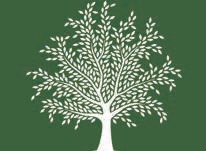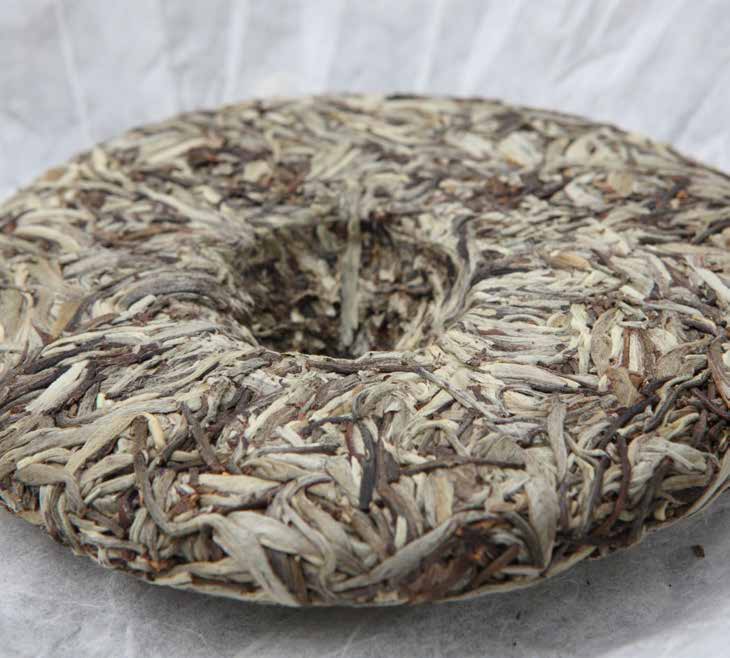
 |
|
More varieties of tea originate in Yunnan than anywhere else on earth, and most all tea varietals are grown there as well. It is an amazing place, and the birthplace of tea and this life of tea. All tea traditions must ultimately trace their roots back to those old forests in Yunnan, and the ancient shamans who first steeped this medicine. Yunnan is a magical forest: vibrant and radiant with life, it is home to more than twenty-five percent of all China's living species. Crystal waters flow down from the top of the earth, mineralized on their way down from the Tibetan plateau. Plants are larger here, boasting astonishing blossoms and greater crowns than could be imagined. The mists and rain, minerals, crystals and water all effuse the forests of Yunnan with an unbelievable abundance.

The old tea trees have roots that delve deep into the earth: over thirty feet for a five foot tall tree, and much deeper for taller, old-growth trees. This fills Yunnan tea with trace minerals that can't be found in any other substance on earth, and which help connect us to our source.
Unlike other plants, these ancient trees grew out of the earth solely in response to the human presence on this planet. Tea is an avatar of love - Mother Earth's love for us. There are 3,500-year-old cave paintings in Yunnan with pictures of ancient people offering prayers to old tea trees. The De'ang tribe believes that people are in fact descended from tea trees - leaves that were scattered upon the earth from Heaven.
Tea is a sexual plant, which means that it is crosspollenated by insects from a male to a female plant. A tremendous amount of natural energy goes into this cycle, lending the seeds great power. Unfortunately, very little tea is seed-propagated these days. Every tea seed is completely unique, alive and full of its own soul. This is an issue for industrial and/or commercial tea producers as every tree will have a different flavor profile and may also have different requirements than the others (providing the trees are domesticated). For that reason, clones are used (splittings or cuttings) so that when you look out upon a tea plantation, all of what you see is genetically "one tree".
The difference in life force between seed-propagated and cloned tea trees is obvious. Large-leaf tea trees, defined by a single trunk and roots that grow down, can live thousands of years (The oldest dated so far is 3,500 years old!). Small-leaf tea trees, which have many trunks, are more bush-like and have root systems that grow outwards, can live centuries. Cloned tea trees made from cuttings cannot survive more than a few decades, and many farmers have recently reported that they are, in fact, living shorter life-spans (One farmer recently told me that the average life-span of a cloned tree used to be 30-50 years in Taiwan; and while that is the case for some trees still, he said, many only live to be around 15-20 nowadays!) There is no comparison between a soul that can live thousands of years and one that can live decades. Furthermore, birds and insects stop eating the delicious and oily tea seeds after the second generation of cloning - Nature knows the process is unnatural! In Yunnan, so many trees are wild or semi-wild.

So-called "semi-wild trees" are the offspring of ancient gardens that were planted long ago and have since been abandoned and uncultivated, producing new, wild children over hundreds of years.
Because every seed produces a new and unique tea tree, Nature has provided us with a tremendous variety of trees (some are man-made, called "cultivars", but most are natural). And, as we mentioned above, there are more varieties in Yunnan than anywhere else, in part because tea has been growing there longer than anywhere else, and in part because the tea is left alone and seed-propagated in many areas. There are even some varietals that are considered to have mutated strongly enough to be a new species, and not Camellia sinensis anymore!
It is common for tea to produce "white buds", and many varieties - both small leaf and large leaf - have been found. The buds aren't actually white; they are just covered in white hairs (fuzz), which lends them a silverywhite tone. White Tea is made in a few regions of China, mostly from small leaf varietals. The buds are picked, withered and then dried (traditionally in the sun, but often by oven nowadays). Silver Needle (Baihao Yinzhen 白毫銀針) is one famous kind of White Tea, originally from Fu Ding in Fujian Province. Another modern White Tea called White Peony (Bai Mu Dan 白牡丹) incorporates some leaves together with the silvery-white buds.
Our Tea of the Month should not be confused with such White Teas. This month's tea is a Puerh from ancient trees in the county of Yong De in Lincang, Yunnan. These particular trees have mutated to have whitish buds, but this tea is not processed like a White Tea, but rather similar to a Puerh: picked, withered to oxidize the tea, fried to de-enzyme and arrest oxidation (there was no rolling since the tea is all buds), and then sun dried. Afterwards, it was steamed and compressed into cakes using stone molds that are danced upon by farmers, cake by cake in the traditional manner.
Silver Needle White Tea is sometimes also compressed into cakes, along with Oolongs and some other kinds of tea, which began as a gimmick because of the popularity of Puerh Tea. But White Tea, compressed or not, will age very slowly, taking around fifty years to be noticeably different, and will not ferment with the same grace as a Puerh. (What tea does?) This has to do with the symbiotic relationship Puerh has with hundreds of species of molds and bacteria, and before the leaves are even plucked. Our tea is indeed a Puerh, and can be aged. It comes from a grove of wild, mutated and rather old trees that happen to have thick, fruity white buds.
This is one of our all-time favorite summer teas. It is delicious and refreshing to the body and soul. You will find it uplifting, elegant and fresh, while at the same time deep and earthbound - truly a unique and paradoxical tea! Another feature that distinguishes it from White Tea is that it is incredibly patient, meaning that it can be steeped many times. Usually, White Tea can only withstand ten to fifteen infusions at best, but this white Puerh can go all day...
And you will definitely want to set aside at least a morning to appreciate this magical tea, uplifting and grounding all at once - it is sure to change your day! Of course, it is 100%-guaranteed to be packaged and sent with prayers of love, gratitude, health and happiness...